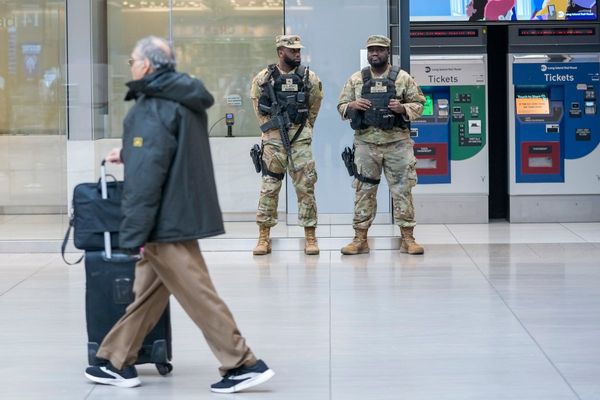
Uncle Sam has taken the brakes off on banning U.S. airlines from Afghan airspace, greenlighting commercial flights to the country for the first time in two years, as of July 25, 2023.
Due to improved procedures implemented by the Taliban authorities, the U.S. Federal Aviation Administration stated "US civil aviation operations in the Kabul FIR (OAKX) may resume at altitudes at or above FL320 (32,000 feet) due to diminished risks ... at those altitudes".
The response from American air carrier personnel? “Thanks, but no thanks.”
DON’T MISS: The 10 Best Airline Stocks to Buy Now
“There’s no ATC (air traffic control) service across the entire country, there’s a seemingly endless list of surface-to-air weaponry they might start shooting at you if you fly too low, and if you have to divert then good luck with the Taliban,” stated the OPSGroup, a membership organization representing pilots, dispatcher, scheduler, and controllers, as reported by The Associated Press.
That’s an intriguing take from airline professionals whose companies are looking to save costs wherever possible – and Afghanistan is a budget-cutters dream.
More Travel:
- A new travel term is taking over the internet (and reaching airlines and hotels)
- The 10 best airline stocks to buy now
- Airlines see a new kind of traveler at the front of the plane
For starters, the central Asia county lies in the direct flight path for commercial airlines looking for flights from and to India from Europe and the U.S. By skirting Afghan airspace, commercial airliners may be acting safely on behalf of flight personnel worried about the possibility of being targeted from Taliban anti-aircraft fire.
Yet by bypassing direct routes over Afghanistan, which was taken over by the Taliban two years ago, airlines are giving up a chance to save millions of dollars on added fuel expenses.
That’s apparently okay with major U.S. and European airlines, like United Airlines and Virgin Atlantic, which both indicated to the Associated Press they would avoid flying directly over Afghan airspace, even at 32,000-feet heights the U.S. military has said is out of reach of Taliban anti-aircraft weaponry. The Taliban reportedly holds an estimated 4,500 shoulder-launched anti-aircraft weapons although it has made no direct threats to use them on commercial airliners recently.
Airlines, however, aren't taking any chances.
“In accordance with current FAA rules, United operates Newark to New Delhi flights over a small section of Afghanistan where air traffic control is provided by other countries,” United Airlines told the AP. “We do not plan to expand our use of Afghan airspace at this time.”
Get exclusive access to portfolio managers and their proven investing strategies with Real Money Pro. Get started now.







